B4Stage4: Get Help

You’ve decided to get help—that itself is a big step—now it’s important that you understand options for treatment. You may end up trying a few different options or a combination of treatments, not just one.
That’s okay—it is all about what works best for you. This list doesn’t include everything, and there are many other treatments and providers. Make sure you tell your treatment team about all of the options you’re using.
Common Treatment Types
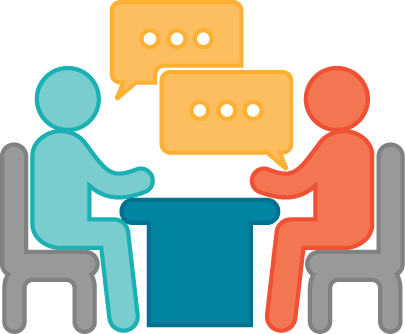
Therapy
There are many approaches to therapy for individuals and groups, including cognitive behavioral therapy
Provided by: Psychologists, Licensed Clinical Social Workers (LCSWs), Pastoral Counselors, other specialists like Marriage and Family Therapists, some Psychiatrists, Inpatient Care, Hospitals
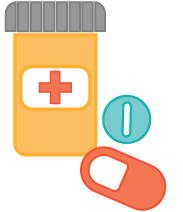
Medication
Medications aren’t cures, but they can treat symptoms. Every medication has benefits, risks, and side effects. Keep in mind that it may take 6-8 weeks for a medication to have its full effect.
Provided by: Psychiatrists, Other Medical Doctors, Nurse Practitioners and Physician’s Assistants (under supervision of a doctor), Inpatient Facilities, Hospitals. Some psychologists with special training may also be able to write prescriptions.
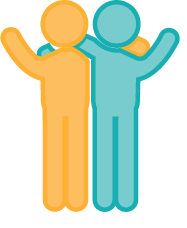
Peer Support
While they aren’t counselors, peers can give valuable insight on how to recover from mental illnesses because they have experience. Peers provide hope, education and advocacy.
Provided by: Certified Peer Specialists, Peer Supporters, Support Groups, Online Support Communities
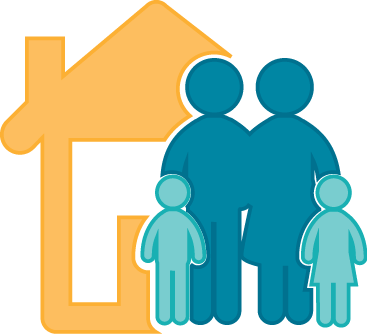
Community-Based Services
Community-based mental health services are team approaches that help you and your family work on all aspects of life and recovery. Common community services include: evaluations of your mental health and role in the community, education to empower personal recovery, individual and group therapy, case management, and supported education and employment. These services are provided through small or large programs and while some work might be completed in an office, most of the treatment is provided at your home and in your natural environment.
Provided by: Local MHAs, Community Mental Health Treatment organizations and programs. Check out the SAMHSA Treatment Locator at findtreatment.samhsa.gov

Complementary and Alternative Medicine
Many Americans, nearly 40 percent, use health care approaches developed outside of mainstream Western, or conventional, medicine for specific conditions or overall well-being. The most commonly used natural product among adults in the past 30 days was fish oil/omega 3s (reported by 37.4 percent of all adults who said they used natural products).(1)
Provided by: Doctors, Pharmacies, Internet (Caution advised—some natural supplements can have serious interactions with medications. Always discuss Complementary and Alternative treatments with a doctor.)
Learn More about Complementary and Alternative Medicine
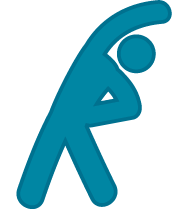
Self-Care
Self-care can include online, self-managed programs like Beating the Blues, which can improve the symptoms of anxiety and depression.(2) It can also include things like exercise, which can have a moderate effect on depression.(3)
Provided by: You
Managing Expectations
Even if you have insurance, not all providers will accept it.
There are many reasons that this happens, including low reimbursement rates and large amounts of paperwork. However, you may be able to get reimbursed for some of your care—ask your insurance company about out-of-network care and their reimbursement process. Check out our guide on How Insurance Works.
It’s going to take a while to see someone.
Nationally, there’s only 1 mental health provider for 790 adults. With 1 in 5 adults experiencing a mental health condition in a given year, a lot of those providers have their hands full.(4) This is a network problem that groups like Mental Health America are trying to change at national, state, and local levels.
Some areas don’t have the care you need, even if you can pay for it.
This can happen because of your location (if you live in a rural area, you may have to travel a long distance to find a therapist) or because providers in your area don’t offer the supports you need (like community-based services). Thirty to forty percent of children and adults report that they couldn’t get the mental health treatment they needed because of cost, inability to access treatment, or inadequate insurance.(4) This is an access to care problem that advocacy groups like Mental Health America are working on. Want to help? Find your local MHA Affiliate and see how you can get involved.
It’s going to cost money.
For example, individuals nationwide spent an average of 10 percent of their family’s annual income out of pocket for mental health/substance abuse treatment.(5) However, the cost of waiting can be worse. If you need help paying for treatment, visit Paying For Care.
Your first provider may not be “the one”.
Choosing a mental health provider can be kind of like dating. Sometimes, you’re just not compatible. You may have to change providers before you feel comfortable. While it can feel like a hassle, it’s worth it to find the right fit.
Some people are going to be critical or doubtful.
More than half of people believe that others are caring and sympathetic to individuals with mental illness, however that may not always be the case.(6) You may encounter some naysayers, but there are also people who will support you and want you to get better. If you don’t have them in your life, you can find them in support groups or online communities.
Sources
1) https://nccih.nih.gov/health/whatiscam
2) Proudfoot J, G. D. (2003 Feb;33(2)). Computerized, interactive, multimedia cognitive-behavioural program for anxiety and depression in general practice. Psychol Med., 217-27.
3) Elisabeth Zschucke, K. G. (2013 Jan; 46(Suppl 1):). Exercise and Physical Activity in Mental Disorders: Clinical and Experimental Evidence. J Prev Med Public Health. , S12–S21.
4) Mental Health America, Inc. (2014, December 3). Parity or Disparity: The State of Mental Health in America 2015. Retrieved March 13, 2015, from Mental Health America: PDF
5) Mental Health: Research Findings: Program Brief. October 2014. Agency for Healthcare Research and Quality, Rockville, MD. http://www.ahrq.gov/research/findings/factsheets/mental/ mentalhth/index.html
6^ Centers for Disease Control and Prevention, Substance Abuse and Mental Health Services Administration, National Association of County Behavioral Health & Developmental Disability Directors, National Institute of Mental Health, The Carter Center Mental Health Program.Attitudes Toward Mental Illness: Results from the Behavioral Risk Factor Surveillance System. Atlanta (GA); Centers for Disease Control and Prevention; 2012.

